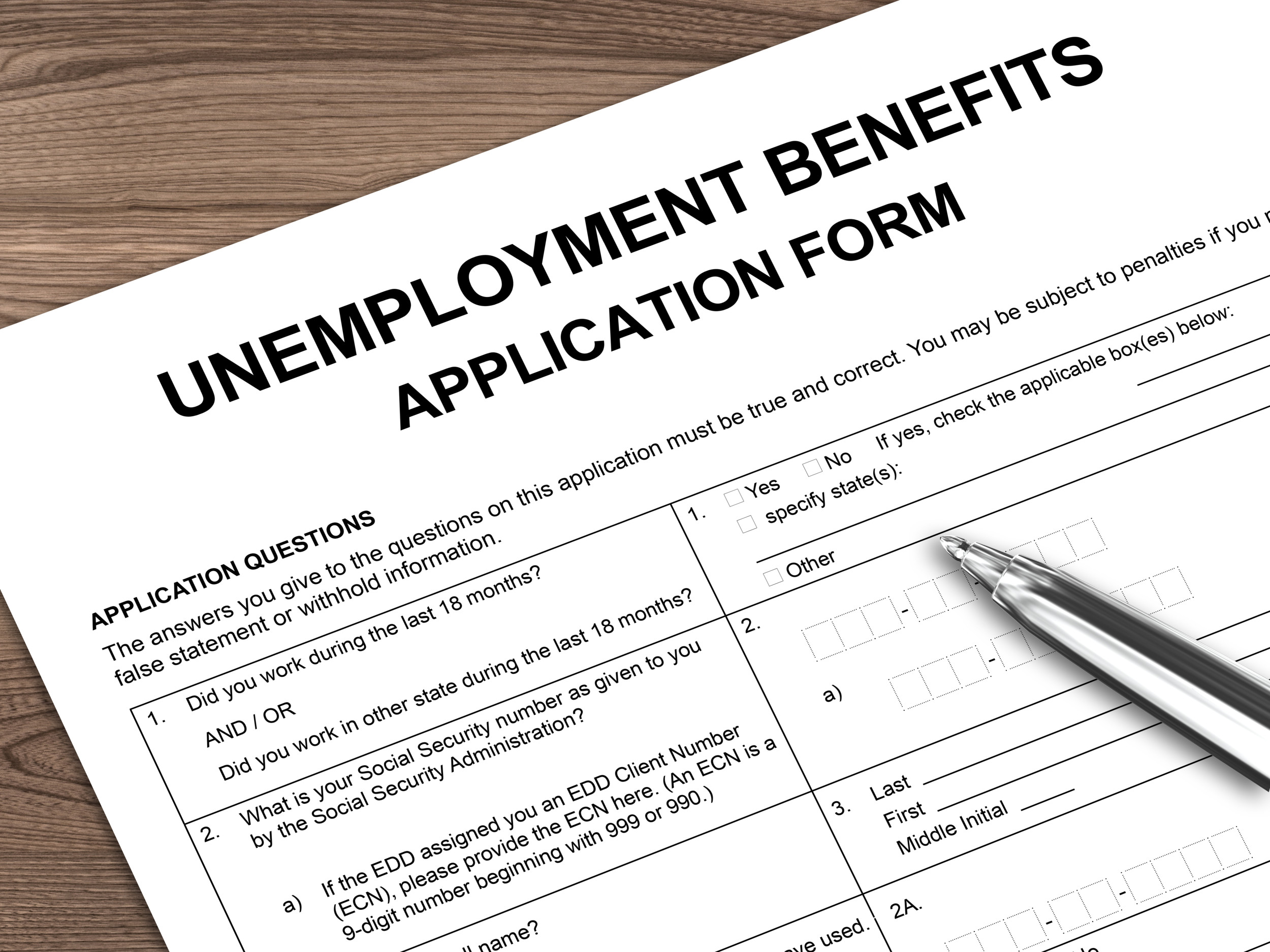
A full moon will be visible in the night sky on Wednesday, for the last time before the fall equinox.
The full moon is known as the "full corn moon" because it traditionally occurs during the time of year when corn is harvested. For this reason, it often gets the name "harvest moon," but 2017 is a little different.
The harvest moon is always the full moon closest to the fall equinox, which takes place on September 22. Because October's full moon will arrive closer to this date in 2017, it will instead be this year's harvest moon. As NASA pointed out:
Full Moon tonight at 4 AM UT. Called the Corn Moon, Fruit Moon, Sap Moon or Worm Moon. Sometimes it is the Harvest Moon, but not this year! pic.twitter.com/NCT4sUX4bh
— NASA Moon (@NASAMoon) September 5, 2017
The Harvest Moon is the Full Moon closest to the autumnal equinox. This year - it's the October Full Moon.
— NASA Moon (@NASAMoon) September 5, 2017
The full corn moon reached its fullest phase in the early-morning hours on Wednesday, but it should still appear very full again Wednesday night.
Neptune reached opposition at the same time as the full moon this month. At this point, the distant planet was directly opposite the sun, meaning more light was reflected off Neptune, making it brighter than normal.
Fall Equinox
The autumnal equinox marks the end of summer and the beginning of fall. It is the point when the sun appears to cross the celestial equator—shining directly on the equator, meaning day and night are almost of equal length.
This is all to do with the tilt of the planet with respect to its orbital plane. As it spins on its axis, the northern and southern hemisphere are either closer or farther away from the sun's rays. At two points each year, there is a geometrical alignment between the sun and Earth, meaning the sun appears right above the equator. At this point, there are roughly 12 hours of day and 12 hours of night. The next equinox, the spring equinox, will take place on March 20.
Harvest Moon
The full moon that follows the fall equinox will be the harvest moon. It will appear on October 5. This moon is also known as the "full hunter's moon," as it was once the time when people went hunting in preparation for winter.
Supermoon and Winter Solstice
The next supermoon, when a full moon coincides with the moon's closest approach to Earth, so appears up to 14 percent bigger than normal, will appear on December 3. This will be followed by the winter solstice, the shortest day of the year, on December 21.
Uncommon Knowledge
Newsweek is committed to challenging conventional wisdom and finding connections in the search for common ground.
Newsweek is committed to challenging conventional wisdom and finding connections in the search for common ground.
About the writer
Hannah Osborne is Nesweek's Science Editor, based in London, UK. Hannah joined Newsweek in 2017 from IBTimes UK. She is ... Read more
To read how Newsweek uses AI as a newsroom tool, Click here.








